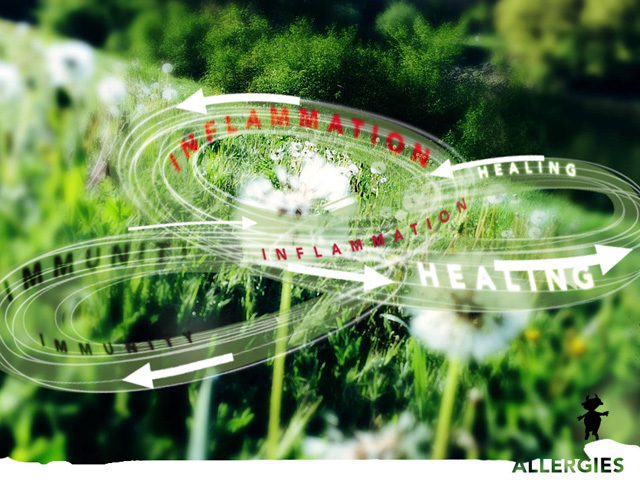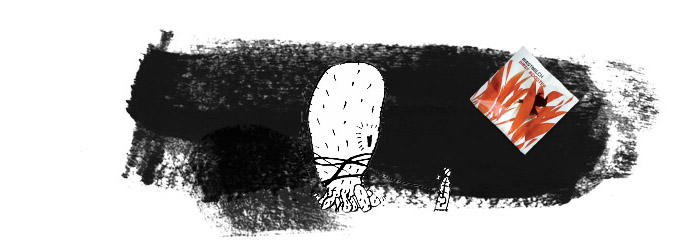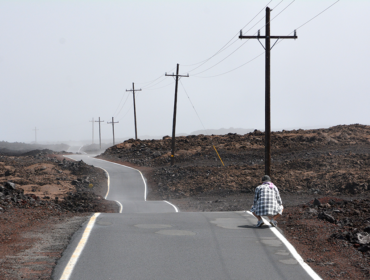 Biestmilch is a must if you are allergic, because allergies may not be what you think they are.
Biestmilch is a must if you are allergic, because allergies may not be what you think they are.
If we first take a look at history, we can clearly see how short the allergies’ history actually is.
The concept of “allergy” was originally introduced in 1906 by the Viennese pediatrician Clemens von Pirquet, after he noted that some of his patients were hypersensitive to normally innocuous entities such as dust, pollen, or certain foods. He was obviously the first who recognized the relation between hypersensitivity and immunity.
In 1570 Pietra Andrea Mattioli observed a cat being the trigger for severe reactions in a human being. He recognized that there was a relation between the two phenomena, the cat and the man in the room. Another anecdote dates back to 1511- 1571. The archbishop from Edinburgh and physician of Milano Gerolamon seemed to have cured a patient by replacing the bed linen filled with feathers to silk with a straw filling. In 1833 the British physician John Elliotson connected hey fever with pollen. In those days allergies were a rare phenomenon.
Today at least 30% of the Europeans suffer from an allergy of some kind, and the figures are rising. Until today we didn’t find a satisfying treatment for them. In my view this is the case, because mainstream biology and medicine still attribute the wrong causes to this development. As long as we do so we cannot be open for new and perhaps more successful treatments.
 It’s typical for an allergy that it can spread throughout the body under certain circumstances that change the body’s immune state, e.g. heavy workload, traveling or stress exposure etc. This process is called »the long march« of allergies.
It’s typical for an allergy that it can spread throughout the body under certain circumstances that change the body’s immune state, e.g. heavy workload, traveling or stress exposure etc. This process is called »the long march« of allergies.
Genetic outfit, environment and life style are the components that play a crucial role in the emergence of allergies. The food allergy is frequently the beginning of the long march of the allergy. This may be due to the fact that the gut is first organ after birth that communicates intensively with the outside world. Along this interface to the outer environment bodily balance is challenged from the first breath.
Depending on the condition of our immunity and the intensity of our stress exposure an allergy that remained for some time silent or limited to a certain organ can expand and wander through our body affecting other organs. This is why we speak of the long march of the allergy.
If you are allergic you have to take care of your immunity, and the extent of stress exposure. A weakened immunity and a high stress level can kick off this march.
Endurance athletes, who suffer from allergies, may observe a breakthrough of symptoms, if the workload gets too big. They easily can get hurled into a condition where the allergy progresses and spreads. High training volumes and extra stress factors such as job and family that add to the training stress are serious risk factors. If you don’t reduce the stress load and give yourself a recovery break, these allergy bouts may become resistant to therapy.
An allergy is a chronic inflammatory illness that can spread at any time
Even if a food allergy frequently disappears with age, it is far too often the beginning of another allergy. This course of events strongly suggests that an allergy is a chronic illness that is characterized by an immune system lacking its internal balance. Therefore various triggers (allergens) can destabilize your immune condition. Allergic symptoms are basically acute inflammatory processes. Areas that connect the body with the outside world pronounce the allergy symptoms (eyes, nose, bronchi, gut etc.) preferentially.
The long march of the allergy is in my view – and not only in my view – not caused by allergens but by the immune system itself revealing interior dysfunctions or communication problems with the environment at the respective interfaces, which become particularly noticeable when we get in contact with the relevant triggers (allergens) through the skin or mucous membranes. 
An immune system that finds itself in an allergic activity state should not be exposed to too many stress factors, otherwise the control processes that keep the system in balance are not able to contain the symptoms anymore.
The next stops of the march are asthma and hay fever
If one analyses the path of the allergy, how it proceeds through the body, then there evolves a certain pattern depending on the interior and exterior stimuli the body is exposed to. The bowel is the first organ at birth that is massively confronted with the environment, not only through food but also through a large number of germs and particles of all kinds. The immune system starts to mature in the bowel, where the first interface of communication of the individual with the outside world develops.
Allergies seem to appear if conflicts arise at the interfaces of communication such as the skin and all the mucosal linings, be it the mouth, the bronchi, the alveoli or the gigantic area of the gut, etc. From misunderstandings and misinterpretations among all the actors involved in the play of balance allergy symptoms can develop. The players are the different cell populations, the bacteria, the viruses, molecules from the most different sources (food, dust) and the soluble factors secreted by the cells that in great parts make up for the milieu and its activity state. At the interfaces of communication a balance between activating and suppressing immune processes should prevail.
In the first weeks and months of life this balance is produced by breast feeding, lactic acid bacteria and bacteria from the ground, from the food that slowly replaces breast milk, but also by exposure to cat hairs and house dust, or infections one has to go through. All of them allow the immune system to mature.
In a nutshell:
Right from the beginning of our life, and at exactly the right point in time of our development as individuals, we have to encounter those substances that should become integral part of our organism. If this doesn‘t happen, we can become allergy-sufferers. The allergy describes a changed activity state of our immune system, an immune regulation disorder and not a disorder caused by allergens. 
If one considers the allergy as a disorder of the immune system, then one will not be surprised that an allergy is able to spread out to other organs at any time. Which of these processes can go wrong in detail in the first weeks of life is something we know very little about yet. Unfortunately, it is difficult to correct this later on in life, if at all. If one suffers from an allergy, then increased strain on the immunity can aggravate the allergy.
Biestmilch appeases the immune system and balances the autonomous nervous system. In allergies where multiple inflammatory processes smolder along the mucosal linings of your body, Biestmilch first of all enfolds its anti-inflammatory properties.
 Recommendation for Use:
Recommendation for Use:
Acute bouts of allergy can be calmed down with a BIEST BOOSTER or a higher amount of regular Biestmilch, on average 3 times the standard amount of 900mg. Preferably you start with Biestmilch regular, the chewy tablets or the capsules, between 6 to 3 weeks before you are exposed to the allergens you react to. If you repeat this procedure year after year the allergy symptoms subside, and you can expect to be able to take a heavier load on your shoulders.





